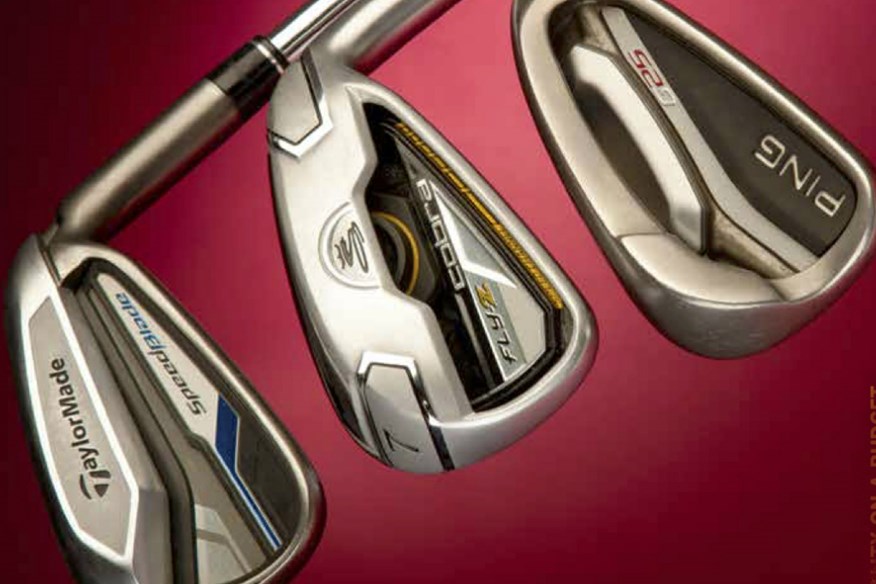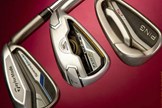Why do golf clubs have grooves and what happens if they’re full of dirt?
Last updated:
They are part of the identity of every single golf club. But just how much of an impact do grooves really have? Could you still generate spin without them and should we all be carrying a groove sharpener in our golf bag? We asked Scott Manwaring, Callaway’s Director of Irons R&D, to explain…
What is the function of grooves?
In layman’s terms, they create spin which generates drag and lift force for the golf ball. The ball needs a certain amount of spin and speed to maintain a controlled flight and grooves are one of the critical variables. It’s the complete opposite of the downforce generated by Formula One cars.
Are they more important for clubs such as wedges rather than drivers?
Absolutely. The more loft on the club, the more important the groove.
How are you changing groove shape/geometry on particular clubs?
Most manufacturer websites have cross-section images on the groove patterns which control the wall angle, edge radii, separation, depth and several other variables. The USGA rules govern the design features with a single equation that allows designers and companies to trade-off different patterns.
How would a wedge perform without any grooves?
A wedge without grooves will generate a flop-shot-like trajectory, only with less control. The ball will effectively slide up the face in both wet and dry conditions. Out of a bunker, however, a wedge with or without grooves will behave in almost exactly the same way.
What about a smooth-faced driver?
It completely depends on the loft of the club and playing conditions. For dry conditions, a driver without grooves will generate similar amounts of spin. But in wet conditions, the ball will actually hydroplane off the face because there’s no escape route for the water. Just a small amount of roughness is enough to prevent hydroplaning, which is why drivers get away with not having scorelines in the centre of the face.
Do you need to keep grooves clean?
Clean grooves are critical as it reduces the chance of fliers. While a flier 7-iron might impress your mates, it will probably leave you with a nasty chip to try and save par. Research shows that you can lose up to 1,300 RPM of spin if you don’t keep your grooves clean.
Would you use a groove sharpener?
The negatives far outweigh the positives. Firstly, it could cause the iron to prematurely rust, albeit this is dependent on the finish and metal type. Secondly, the tolerances on the USGA protocol are extremely tight and overuse could make scorelines illegal.
When do you know if your grooves are worn out?
Watch for fliers. If you start to notice the ball is flying higher and longer, it could be a sign the grooves are going.

